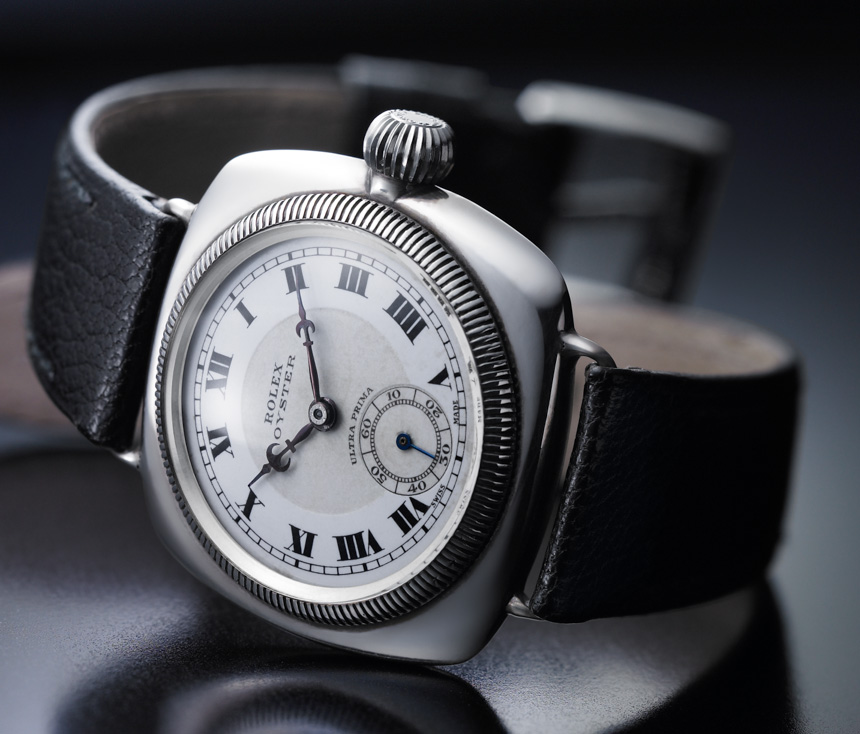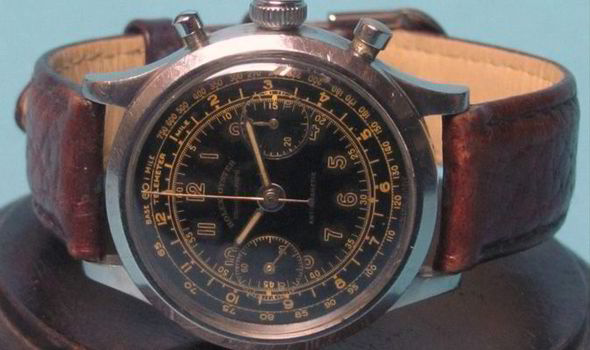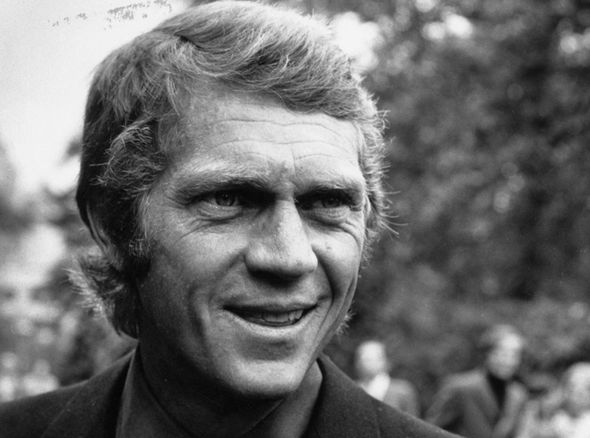Already known for its commitment to high quality craftsmanship, the Rolex brand of watches have been named the most reputable consumer products in the world in one industry study. Ariel Adams, writing for Forbes, explores the reasons behind this designation.
It does not come with much surprise that Rolex is a company with a high reputation. The 2014 Global RepTrak 100 study by the Reputation Institute places Rolex in an exceedingly high position as tied for second place on their overall list of the 100 most reputable companies, and number one when it comes to a reputable company as measured by consumers. Also, Rolex is the most reputable company that exclusively produces a consumer product. In a world where pundits argue that wrist watches are going the way of the LP, how is this possible and what does this mean?
The Reputation Institute has been measuring the reputation of the world’s biggest companies for the better part of two decades. Their empirical studies are based on consumer survey data from 15 of the largest consumer markets around the world, totaling over 55,000 interviews according to the company. Topping the 2014 list for the position of the most reputable company is a tie between The Walt Disney Company and Google that each earned a score of 77.3. Tied for second position is BMW and Rolex each with a store of 77.2. According to the Reputation Institute, what each of these companies have in common is a high degree of trust among consumers and a great ability to deliver meaningful and personally important stories that consumers want to be a part of.
It is interesting to see Rolex, a luxury watchmaker, so high on the list. What is interesting is that compared to Google, Disney, and BMW, relatively few people interact with Rolex on a daily basis. Google is ubiquitous, Disney is something most people grow up with, and BMW is one of the world’s top automotive makers that most people see several of on their daily commutes. As a wrist watch, a Rolex is a more personal item with less regular visibility even though Rolex is a major international advertiser. What is so impressive is that, despite all this, Rolex has succeeded in keeping their product not only in a state of high-regard among consumers, but also on their minds.
Looking at the entire list of the 100 most reputable companies, Rolex was not the only watch maker. At 61 on the list is The Swatch Group (who owns a range of entry-level to high-luxury Swiss watch brands), and at 37 is LVMH. Louis Vuitton Moet Hennessy is responsible for a range of products including fashion and spirits, but also owns about a half dozen quality watch makers such as Zenith, Hublot, and TAG Heuer. While it is impressive that each of these groups is on the list, the placement of Rolex near the top, as a company that exclusively makes timepieces is much more telling of the reputation they have with consumers specifically related to their watches.
So what exactly is the Reputation Institute looking to measure in the RepTrak 100 study? The study is really about consumer perception and not about overall corporate performance or growth. Reputation is a combined metric that includes how a consumer feels about a company’s products, image, governance, personal relatability, citizenship, and financial performance. A reputable company both produces high-value quality products, but is also a conscious world citizen that is good to people and its own employees.
Given that Rolex is a notoriously secretive company it is further impressive to see them have so much acclaim with consumers. I personally visited Rolex and shared some insights about how they produce timepieces (here). This is information that few dedicated watch industry insiders even know. So to have Rolex rank so high with consumers in regard to their governance and leadership in the world is extremely interesting. When it comes down to it, I think that Rolex is so high on the list because they have been successful at retaining a core element of the Rolex ownership experience–that being that a Rolex is a sign of success and personal accomplishment.
My own observations find that many consumers view a Rolex timepiece an item to reward themselves with upon achieving some level of personal success. That is distinct from a mere status item, which is about a consumer wearing or owning something that communicates success to others. No doubt many consumers are interested in showing off their perceived success to others, but what makes a Rolex product unique is that many consumers feel owning one is a personal gift to themselves. That suggests a very high-level of reputation and deep personal relationship consumers have with what a Rolex product means to them emotionally, as opposed to its strict utilitarian value as a timepiece or jewelry item.
My understanding is that Rolex has retained a high level on the RepTrak 100 list for a while, so its high placement on the list is not a new development. What is equally impressive is how Rolex has maintained its image over the years in spite of growing competition from other types of products vying for consumer attention when it comes to “rewarding yourself and celebrating success.” Specifically, one can observe that Rolex focuses on a core set of products that improve but vary little over the years, and that Rolex emphasizes the “story of Rolex” as a means of communicating the brand values as well as famous people who have worn Rolex watches over the years.
What other watch makers and brands overall may be able to learn from Rolex is how to gain reputation from an extremely solid and unfaltering product ownership experience. Rolex is not only able to maintain a high degree of perceived value for its products with consumers, but Rolex timepieces further enjoy an impressive re-sale value. The pre-owned market for Rolex timepieces is perhaps larger than that for new Rolex timepieces. To put things into comparison with another more modern company focused on consumer products that enjoy a high sense of consumer esteem is Apple. While consumers regularly pay a premium for Apple’s consumer electronic products the company is placed at number 7 on the 2014 RepTrak 100 list. While Rolex is not see as innovative as Apple (not that Rolex is trying to go for that), consumers hold Rolex products in a more reputable position overall. An interesting question is whether the result of such a study make new people want to buy Rolex products or if it simply reinforces a desire that existing fans of the brand already have.
Rolex's commitment to quality can be seen in after-market watches, a testament to the timeless durability of its timepieces. Visit the Swiss Wrist website for more on used Rolex watches.
















